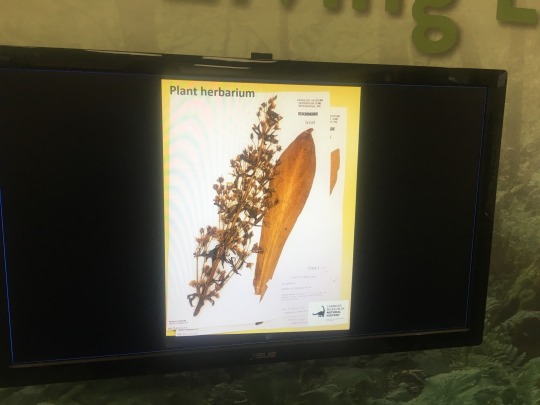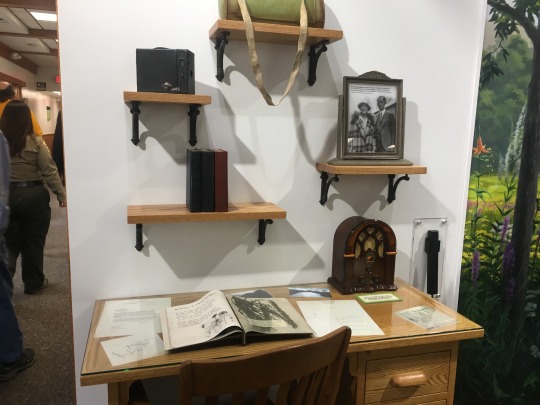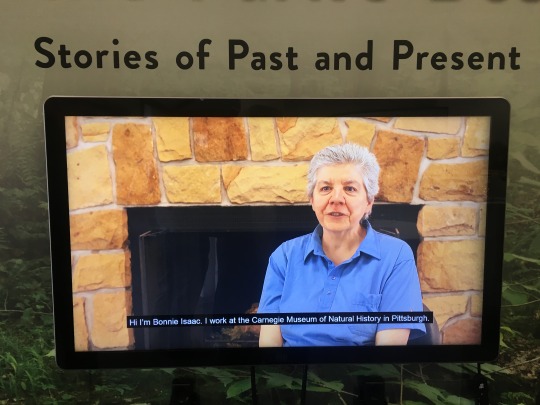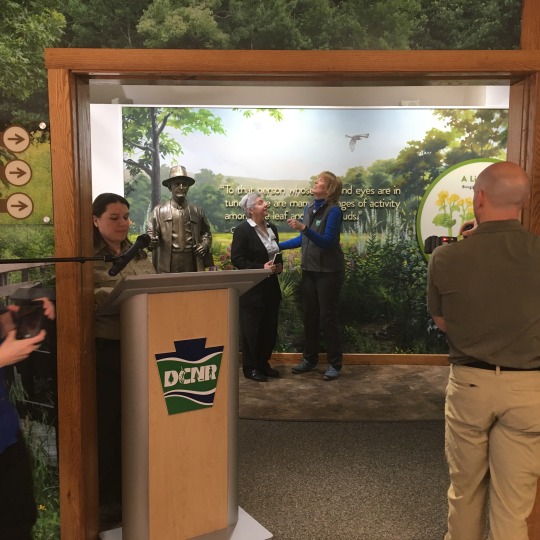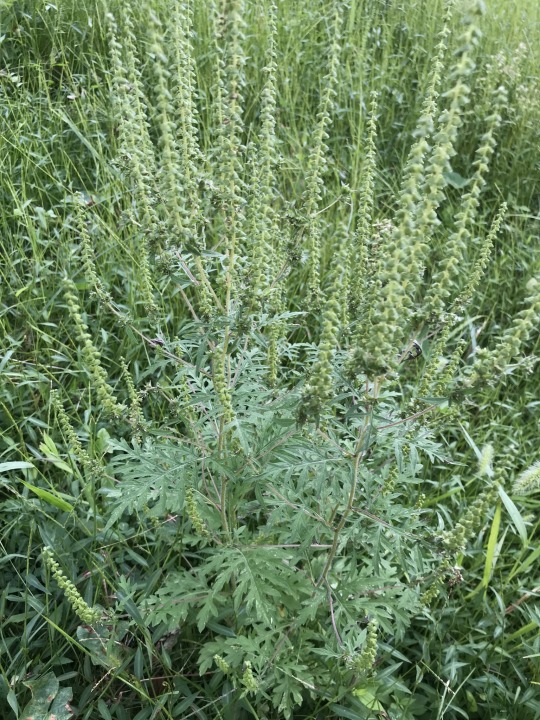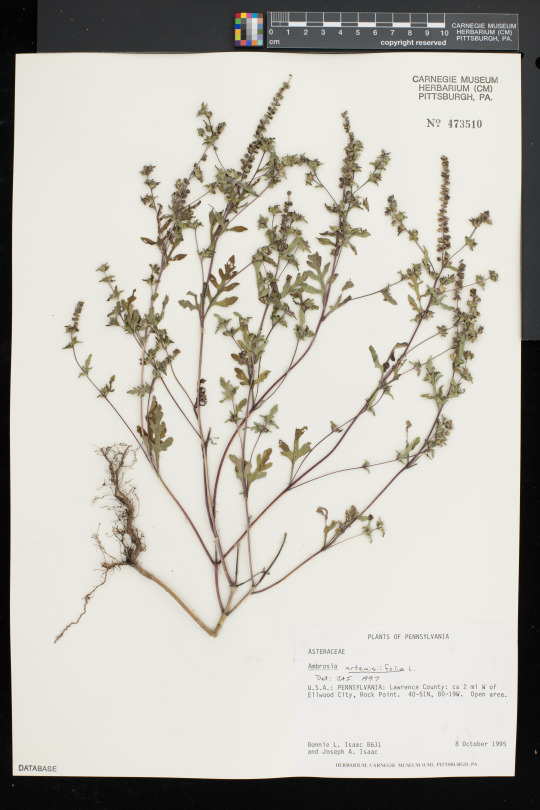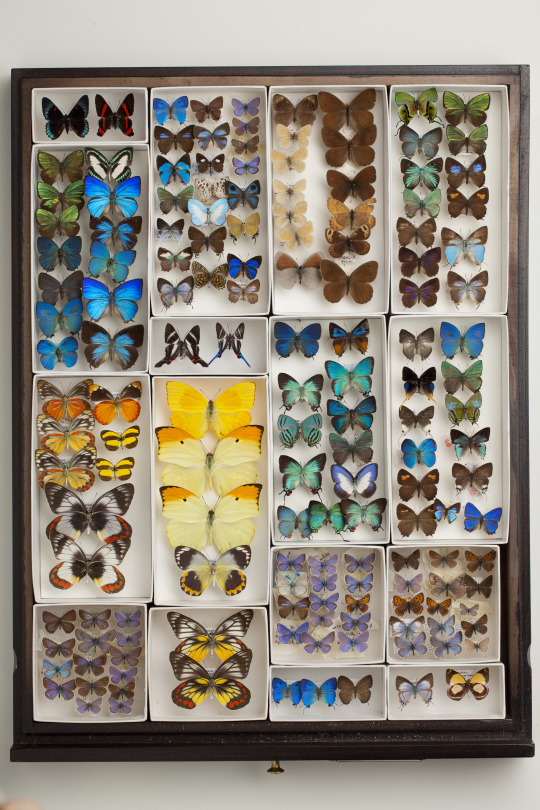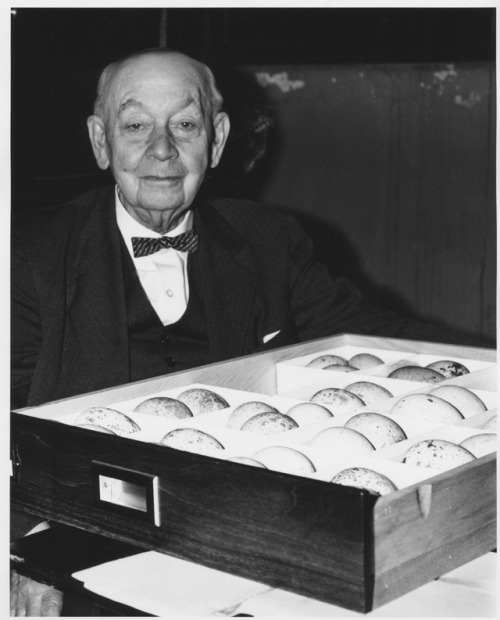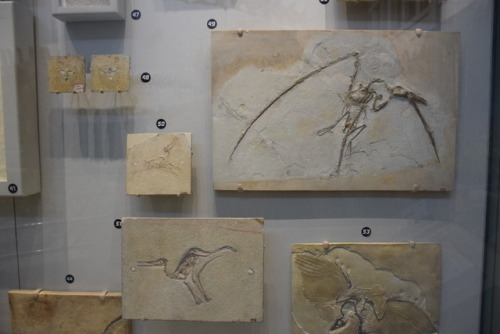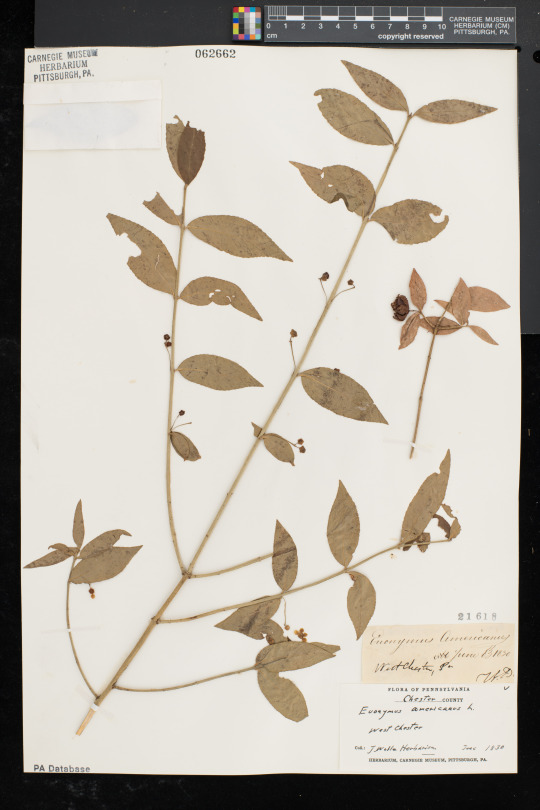
This is a special specimen. The Carnegie Museum of Natural History herbarium is full of specimens of scientific and historical importance. And this is a notable one, collected in June 1830 by William Darlington in West Chester, Pennsylvania. William Darlington (1782-1863) was an important figure in the history of Pennsylvania botany. Darlington was a physician, politician (US House of Representatives 1815-1823), and as you might guess – a botanist! At the University of Pennsylvania, Darlington studied botany under Benjamin Smith Barton, a well-known botanist who also trained Meriwether Lewis (of the Lewis & Clark Expedition). He spent most of his life in West Chester, PA. He wrote some of the earliest botanical works, including a flora of Chester County in 1826 and others on agriculture. Many of his specimens are among the earliest documentation of Pennsylvania’s flora and are preserved in the William Darlington herbarium at West Chester University.
This particular specimen is of the native shrub Euonymus americanus, commonly called “strawberry bush.” Despite the name, it is not related to strawberries, but is in the bittersweet/spindle family, Celastraceae. You may recognize some similarities with the related species from East Asia, burning bush (Euonymus alatus), which is commonly planted due to its bright red fall color (around Cathedral of Learning in Pittsburgh, and many other places). However, burning bush should not be planted, as it is invasive, spreading into natural areas.
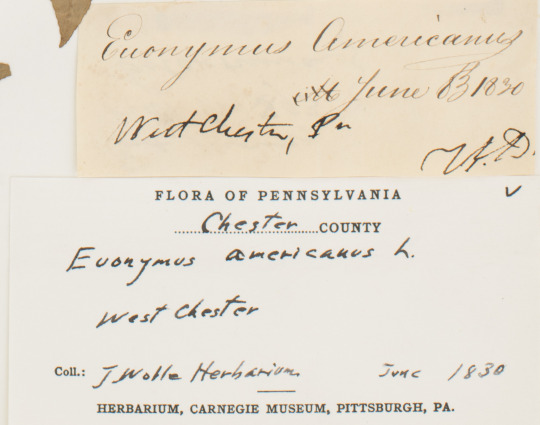
In the Carnegie Museum herbarium, there are 62 specimens collected by Darlington between 1828 and 1840, mostly from Chester County, PA.
How’d some of Darlington’s specimens end up at the Carnegie Museum? This specimen is part of Jacob Wolle’s personal collection, who was the grandfather of William Holland, the first director of the museum.
This specimen image is now publicly available online.
Read more about Darlington and other influential figures in the history of botany in Pennsylvania at Herbarium World.
Check back for more! Botanists at the Carnegie Museum of Natural History share digital specimens from the herbarium on dates they were collected. They have embarked on a three-year project to digitize nearly 190,000 plant specimens collected in the region, making images and other data publicly available online. This effort is part of the Mid-Atlantic Megalopolis Project (mamdigitization.org), a network of thirteen herbaria spanning the densely populated urban corridor from Washington, D.C. to New York City to achieve a greater understanding of our urban areas, including the unique industrial and environmental history of the greater Pittsburgh region. This project is made possible by the National Science Foundation under grant no. 1801022.
Mason Heberling is Assistant Curator of Botany at the Carnegie Museum of Natural History. Museum employees are encouraged to blog about their unique experiences and knowledge gained from working at the museum.
